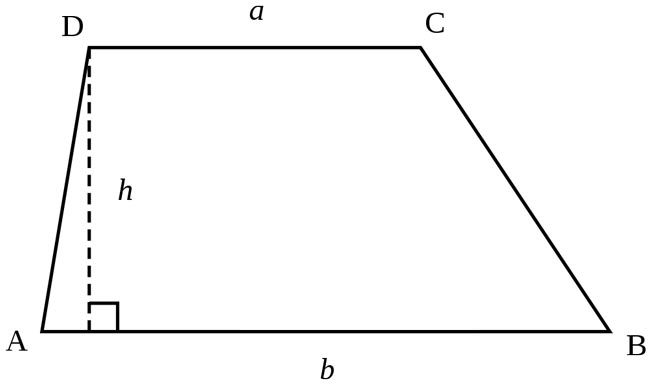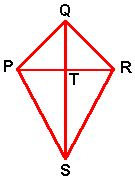How Do We Use the Properites Of Trapezoids?
Trapezoids
exactly on pair parrallel sides
 |
| http://www.kidsmathgamesonline.com/pictures/shapes/trapezoid.html
|
Trapezoid Consecutive Angles Conjecture
the consecutive angles between the bases of a trapezoid are parrallel and have 180 degree supplementary angles
 |
| http://standards.ospi.k12.wa.us/FullGlossary.aspx?subject=7,PE
Isosceles Trapezoid Conjecture
the base angles of an isosceles trapezoid are congruent
|





